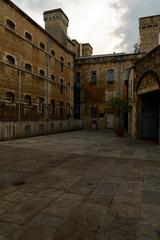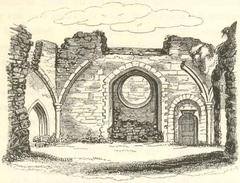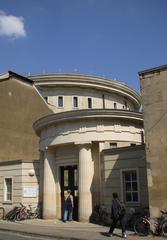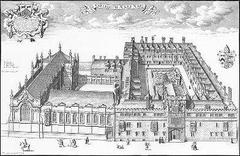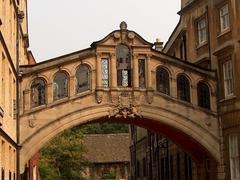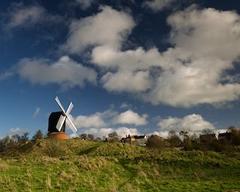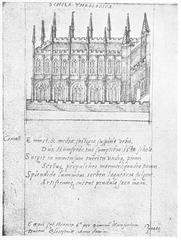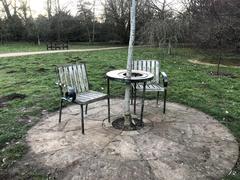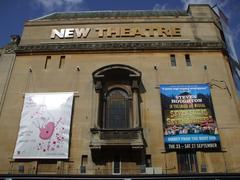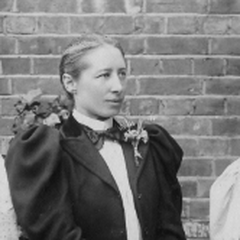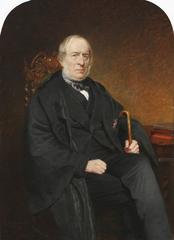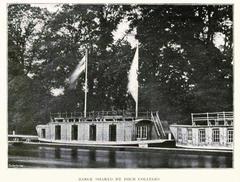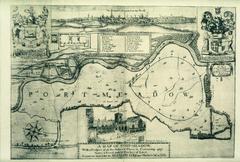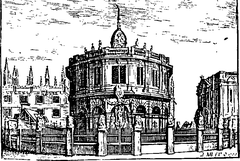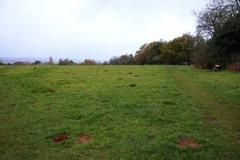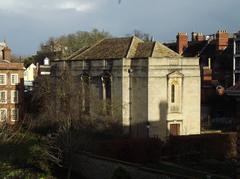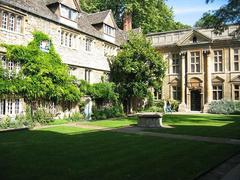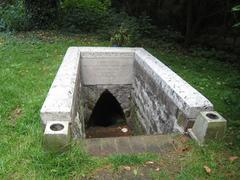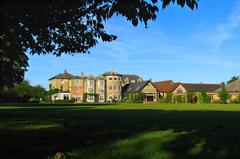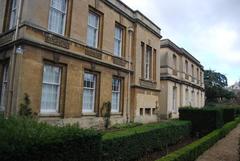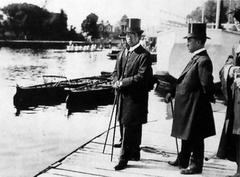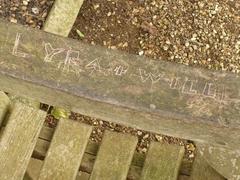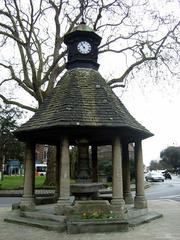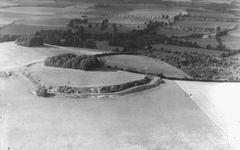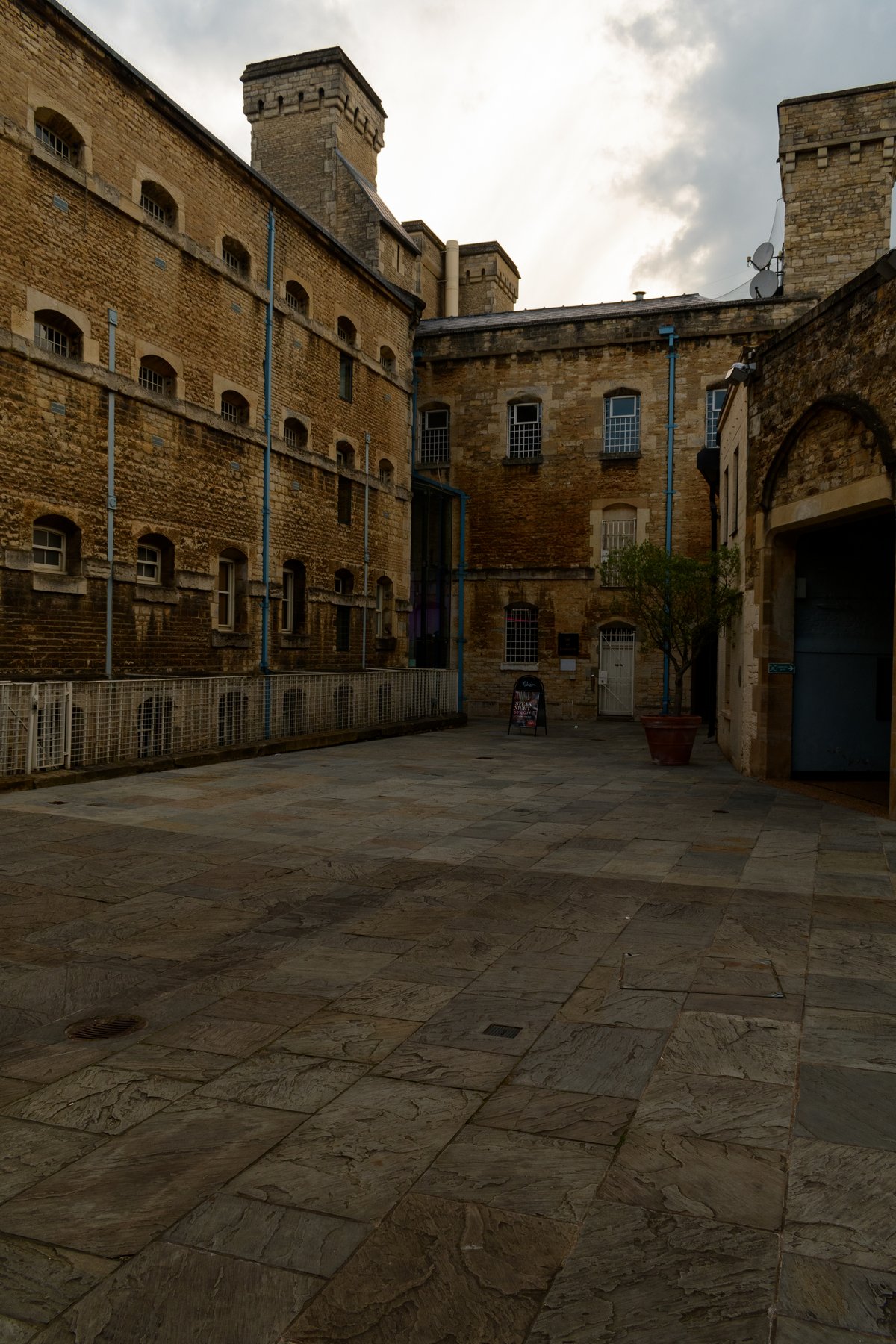
Oxford Castle Motte Visiting Hours, Tickets, and Historical Insights
Publication Date: 18/07/2024
Introduction
Oxford Castle, located in the heart of Oxford, England, is a monumental site that has stood witness to over 900 years of English history. Constructed shortly after the Norman Conquest of 1066, this castle was initially built as a strategic fortification by Robert D’Oyly under the orders of William the Conqueror. Over the centuries, Oxford Castle evolved through various roles, from a Norman stronghold to a royal residence, and later, a notorious prison. Today, Oxford Castle & Prison is a well-preserved historical landmark and an essential destination for history enthusiasts and visitors to Oxford (source).
The castle’s architecture reflects its long and varied past. From the early motte-and-bailey design to the later additions of stone keeps and fortified walls, the structures within the castle grounds offer a tangible connection to the medieval period. Significant transformations occurred in the 12th and 13th centuries when wooden structures were replaced with stone, enhancing the castle’s defensive capabilities. Notably, St. George’s Tower, one of the oldest surviving parts of the castle, stands as a testament to Norman engineering prowess (source).
Oxford Castle’s historical significance is not limited to its military and architectural heritage. It also played a crucial role during periods of civil strife, such as The Anarchy and the English Civil War, and later served as a grim reminder of the harsh realities of imprisonment from the 14th century onwards. The castle’s transformation into a county jail and its eventual closure in the late 18th century marked the end of an era. Today, following extensive restoration efforts, Oxford Castle is open to the public, offering guided tours, special events, and an immersive experience into England’s storied past (source).
Table of Contents
Historical Background
Early Norman Period (1071-1100)
Oxford Castle’s story begins shortly after the Norman Conquest of England in 1066. William the Conqueror, seeking to consolidate his hold on the newly conquered nation, ordered the construction of castles across strategic locations. One such location was Oxford, a significant settlement at the confluence of the rivers Thames and Cherwell.
Around 1071, the Norman baron, Robert D’Oyly, began constructing a motte-and-bailey castle on land granted to him by William the Conqueror. The castle was strategically positioned to dominate the west bank of the River Thames and control the ancient route through the shallow waters.
- The Motte - The most prominent feature of the castle, the motte, was a massive artificial mound of earth approximately 12 meters high and 30 meters in diameter at its base. Atop the motte stood a wooden tower, the keep, which served as the lord’s residence and the castle’s primary defensive stronghold.
- The Bailey - Enclosed by a wooden palisade and a ditch, the bailey was a large open area surrounding the motte. It housed various buildings, including barracks for soldiers, workshops, kitchens, and stables.
Fortification and Expansion (12th-13th Centuries)
Over the next two centuries, Oxford Castle underwent significant changes. During the Anarchy, a period of civil war in England (1135-1154), the castle was fiercely contested. It was besieged and captured multiple times, highlighting the need for stronger defenses.
- Stone Keep - In the late 12th century, the original wooden keep on the motte was replaced with a more formidable stone structure, the St. George’s Tower. This cylindrical tower, a common design in Norman castles, provided greater protection against fire and attack.
- Stone Walls and Gatehouse - The bailey’s defenses were also strengthened with the construction of stone walls and a gatehouse. The gatehouse, a heavily fortified entrance, featured twin towers and a portcullis, a heavy wooden grille that could be lowered to seal the gateway.
Royal Residence and Prison (14th-16th Centuries)
By the 14th century, Oxford Castle’s military importance began to decline. The castle served primarily as a royal residence, with King Edward II holding Parliament at Oxford in 1327. However, the castle’s role gradually shifted towards imprisonment.
- Prison - From the 14th century onwards, Oxford Castle was increasingly used as a prison. It housed a variety of inmates, including common criminals, debtors, and prisoners of war. The castle’s dungeons, located beneath the motte, became notorious for their harsh conditions.
- Religious Persecution - During the English Reformation in the 16th century, Oxford Castle was used to imprison religious dissenters, including Protestants during the reign of Queen Mary I.
English Civil War and Decline (17th Century)
The English Civil War (1642-1651) saw Oxford Castle once again embroiled in conflict. The city of Oxford, a Royalist stronghold, was besieged by Parliamentarian forces. The castle, under the control of Royalist forces, played a crucial role in the city’s defense.
- Siege and Damage - During the siege, the castle sustained significant damage from artillery bombardment. The stone keep, St. George’s Tower, was particularly hard hit and partially destroyed.
- Parliamentarian Control - Following the Royalist surrender in 1646, Oxford Castle fell under Parliamentarian control. It continued to be used as a prison, but its military significance had effectively ended.
18th Century Onwards - Transformation and Preservation
After the English Civil War, Oxford Castle’s role continued to evolve. It remained a prison until the late 18th century, with its conditions becoming increasingly notorious for their squalor and overcrowding.
- Prison Reform - The appalling conditions in Oxford Castle and other prisons across England led to calls for reform. John Howard, a prominent prison reformer, visited Oxford Castle in the 1770s and documented its deplorable state. His work contributed to the passing of the Penitentiary Act of 1779, which aimed to improve prison conditions.
- Closure of the Prison - In 1785, the decision was made to close Oxford Castle as a prison. A new prison, designed along more humane lines, was constructed nearby. The castle buildings fell into disrepair and were partially demolished.
- County Hall - In the early 19th century, the former castle bailey was redeveloped as the site of the new Oxfordshire County Hall. The architect, Daniel Harris, incorporated some of the surviving castle structures into his design, including the mound, the shell of St. George’s Tower, and sections of the bailey wall.
- 20th Century and Beyond - Throughout the 20th century, there was growing interest in preserving Oxford Castle’s historical remains. The site underwent archaeological excavations and restoration work. In the late 20th century, the decision was made to open the castle to the public as a heritage attraction.
Today, Oxford Castle & Prison stands as a testament to over 900 years of history. Visitors can explore the well-preserved motte, climb the Saxon St. George’s Tower, descend into the 900-year-old crypt, and experience the atmospheric Debtors’ Tower and Prison D-Wing. The site offers a captivating glimpse into the castle’s multifaceted past, from its Norman origins to its role as a royal residence, prison, and now, a significant historical landmark.
Visitor Information
Visiting Hours
Oxford Castle is open to visitors from 10 AM to 5 PM daily. Special hours may apply during holidays and special events. It is advisable to check the official website for the most up-to-date information.
Tickets
Tickets for Oxford Castle can be purchased online or at the entrance. Prices are as follows:
- Adults - £12
- Children (5-15 years) - £8
- Seniors (60+) - £10
- Family (2 adults + 2 children) - £35
Discounted tickets are available for groups and educational tours.
Travel Tips
Best Times to Visit
The best time to visit Oxford Castle is during the spring and autumn months when the weather is pleasant, and the crowds are smaller. Weekdays are generally less crowded than weekends.
Transportation Options
Oxford Castle is easily accessible by public transport. The nearest train station is Oxford Station, which is a 10-minute walk from the castle. Several bus routes also serve the area. For those driving, there is parking available nearby.
Nearby Attractions
While visiting Oxford Castle, consider exploring other historical sites and attractions in Oxford:
- University of Oxford - The world-renowned university with its beautiful colleges and libraries.
- Bodleian Library - One of the oldest libraries in Europe, worth a visit for book lovers.
- Christ Church Cathedral - A stunning cathedral with a rich history and beautiful architecture.
- Ashmolean Museum - The world’s first university museum, housing a vast collection of art and antiquities.
Accessibility
Oxford Castle is committed to providing an accessible experience for all visitors. The site features ramps, lifts, and accessible restrooms. There are also guided tours available for visitors with visual or hearing impairments.
Special Events and Tours
Oxford Castle offers a variety of guided tours and special events throughout the year. These include historical reenactments, night tours, and educational workshops. Check the official website for the latest schedule and booking information.
Photographic Spots
For photography enthusiasts, some of the best spots within Oxford Castle include:
- St. George’s Tower - Offers panoramic views of Oxford.
- The Motte - Provides a great vantage point for capturing the castle grounds.
- The Crypt - A unique and atmospheric location for interior shots.
FAQ
What are the visiting hours for Oxford Castle?
Oxford Castle is open daily from 10 AM to 5 PM. Check the official website for holiday hours and special events.
How much do tickets cost?
Ticket prices are £12 for adults, £8 for children, £10 for seniors, and £35 for a family ticket (2 adults + 2 children). Discounts are available for groups and educational tours.
Is Oxford Castle accessible?
Yes, Oxford Castle is accessible to visitors with disabilities. The site includes ramps, lifts, and accessible restrooms.
Are there guided tours available?
Yes, Oxford Castle offers various guided tours and special events throughout the year. Check the official website for the latest schedule and booking information.
Conclusion
Oxford Castle & Prison is a must-visit historical site offering a fascinating glimpse into England’s rich past. From its Norman origins to its role as a royal residence and prison, the castle has a multifaceted history that continues to captivate visitors. Plan your visit today to explore this remarkable landmark.
Call to Action
For more information, visit the official Oxford Castle website. Don’t forget to download the Audiala mobile app for more historical insights, and follow us on social media for updates and special offers.
References
- Oxford Castle & Prison, 2024, Oxford Castle & Prison source
